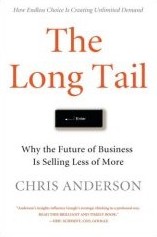There are a range of digital tools that can be used creatively. Photoshop can be used for exploring identity through the arts.

Digital technology can be integrated into painting or art- here is a clip showing how this is occuring in NZ.
Music can be composed or developed without knowing how to write music.
Music, images and information can be downloaded, altered or added to and created into something new. (I won't go into copyright here).
While these tools are useful and expand thinking about what it might mean to be creative in the digital age, it is global collaboration that is the exciting development. Being able to work collaboratively with others with a similar interest or passion (see the long tail), has the potential to lead to increased creative capability globally. In the past it may have been by chance or hard work that you find people who have similar ideas and interests to yourself, now via social networks you can develop these. Interesting to apply the ideas from Wikinomics (Don Tapscott's latest book), to the idea of creativity and education.






